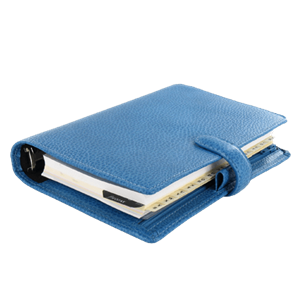Overview
Chemical peels are applied to the face to help remove dead skin cells and promote new skin growth. Dr. Aston offers chemical peel treatment in a variety of strengths depending on the patient's needs and skin condition. This treatment uses a liquid acid solution to help the top layer of skin peel away, leaving a fresh layer of skin. It is an effective treatment that helps achieve a clear and softer appearance. New York chemical peel specialist, Dr. Aston offers varying types of peels, from the superficial light peel to a deep peel that requires downtime. Chemical peels can help reduce skin irregularities such as rough textures, fine wrinkles, and light blemishes.
Chemical Peel Reviews
Types of Chemical Peels
Superficial/Light Peels
The superficial peel is the mildest peel option that targets the upper layer of skin. Commonly, a diluted glycolic acid is used and left on the skin for several minutes. The peel is then neutralize to keep the peel at a mild level. There will be slight redness after the treatment, but typically there is no downtime compared to the other peels available. On average, patients will peel for about 3 – 5 days with this treatment, after which patients may then apply their makeup.
Medium Depth Peels
A medium chemical peel treats more than just the top layer of skin. It penetrates deeper to treat moderate to severe wrinkles and skin irregularities. The procedure uses a stronger solution in the form of Trichloreacetic Acid (TCA). The acid will be applied in a controlled condition to manage and limit penetration, and the acid will be neutralized to stop the effects of the peel up to a certain point. The recovery time following a medium peel is about 10 days and patients will need to plan ahead for a short recovery period. Patients can expect their skin to have a slight pink blush during this period.
Deep Peel
A deep chemical peel is the most aggressive approach in chemical peel treatment. The substance normally used is Phenol and it aims to treat severe skin wrinkling and facial irregularities. Once a patient undergoes a deep peel, it is not advised to have another one. The recovery period may take up to 14 days where the skin is a deep pink color for several weeks. The results following a deep peel are usually excellent. The disadvantage to this peel is that there is downtime.
During/After the Procedure
The chemical application for a peel follows similar steps. The only difference will be the type of acid solution used, the amount applied, and the period of time that it is left on the skin. Downtime depends on what kind of peel is done. There is no downtime for mild peels but for deep peels, patient will be in a healing process up to 14 days. After the treatment, it is important that the patient allow the peeling process to occur naturally and do not assist in peeling or pulling at the skin. It is also extremely important to avoid sun exposure for a period of time after the treatment.

Chemical Peel FAQs
How Painful?
Depending on the peel used, there may be some general discomfort. With the lighter peels, patients will feel some stinging but it goes away quickly with the use of a handheld fan. The peeling process itself does not cause any pain. Medium and deep peels are more painful, but is managed with a mild analgesia.
Peel or Dermabrasion?
Dermabrasion is a facial rejuvenation procedure that treats surface irregularities, giving the skin a softer appearance. Dermabrasion works in many ways similar to a chemical peel. The difference, is that dermabrasion uses surgical tools (a rotating brush or shaving instrument) to remove the top layer of skin. A chemical peel uses a solution that is rubbed into the skin. Both techniques result in a brighter, smoother complexion.
Related Procedures
Related Posts
Dr. Sherrell J. Aston TCA Peel Lower Lids for Fine Lines and Wrinkles
TCA peel helps correct wrinkles and fine lines in some patients
ReadPlastic Surgery Trends in 2018
Cosmetic surgical procedures are on the rise according to the latest data provided by the the American Society for Aesthetic Plastic Surgery (ASAPS).
Read

